Welcome to a New Year of Natural Wonders, where we explore random questions about Mother Nature and marvel at her beauty and resilience. If you were forwarded this email and would like to subscribe, click here:
Two issues ago I wrote a post about whether there’s less oxygen in winter when the leaves are off the trees (spoiler: there is) and I must have hit a nerve because it’s listed as the “top” post since starting this newsletter 13 months ago. That’s probably based on it having the most comments of any other post, with some commenters having lovely back-and-forths around this and other subtopics, very similar to a stand-around cocktail party with fun drinks and music tinkling in the background. Actually, that would be delightful, to have all of you in the same room browsing each other’s minds and eating appetizers as we discussed the amazing-ness of the natural world.
At any rate, tucked into a corner of our virtual cocktail party I found myself talking with Barbara, who had a really good question to which I didn’t have an answer. She said:
Construction is constant everywhere these days and very much so in my immediate area currently and I see acres of trees turned into nothing. So, at what point are we going to be gasping for air because the world feels we need to keep building and building and building and clearing more land for more building? Seldom do we see trees replanted to replace even part of what was bulldozed and burned.
What a great question! Humans are continuing to proliferate (just this past November we passed the 8 billion mark of human beings on this planet) and all those people need places to live and cities to shop in and food to eat that comes from fields with no trees. If we continue on as we have been, will we cut down too many trees at some point? IS there a tipping point past which we really shouldn’t cut down trees because it will be detrimental to our health?
Can humans survive without trees?
Barbara’s question is really about deforestation. It’s not a new problem: Easter Island used to be covered in forests until the 17th century, when the inhabitants cut them down to transport their enormous statues as well as create homes, canoes, and fires. By the time the Europeans arrived in the mid-18th century, not a single tree remained.
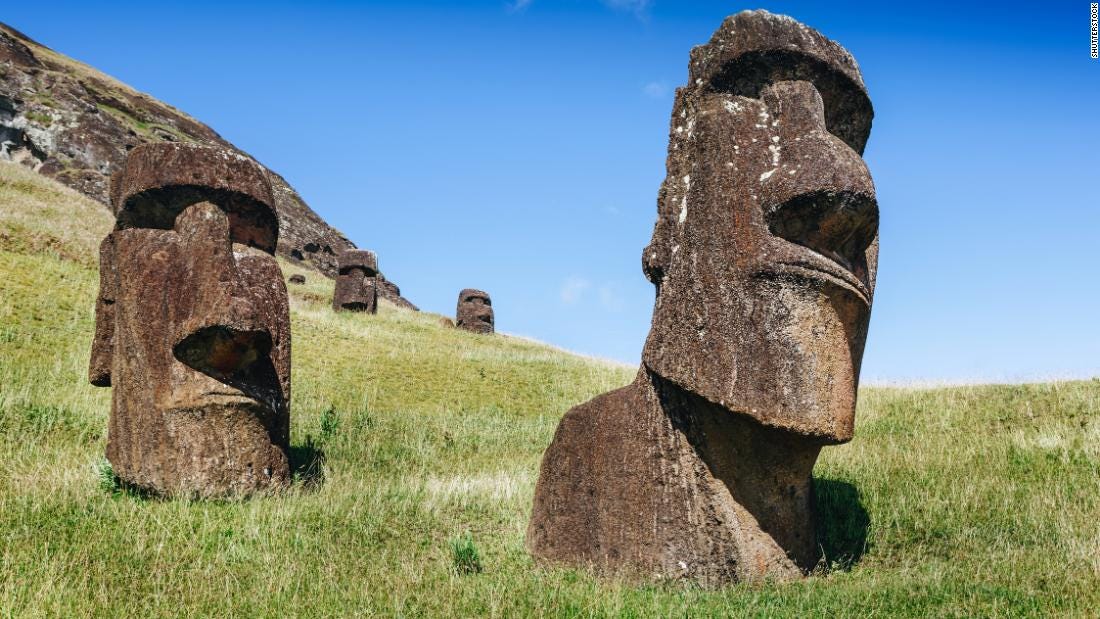
Deforestation occurred even earlier in Scotland – by the time the Romans invaded 2,000 years ago, half the forests had been cut down and became peatland. Most of the rest were removed by the 1700s. The same is true in Central Europe and other parts of the world.
Agriculture is usually the culprit: since we humans settled down from being hunter/gatherers 12,000 years ago, we’ve cut down about half the world’s 5.8 trillion trees. And to Barbara’s point, we’re still at it: we currently cut down about 15 billion trees a year. Aren’t we replanting some of those through forest management and the lumber industry? Well, yes, but only a tiny fraction at 1.9 billion trees planted yearly. We are falling woefully behind.
If we keep up at this pace, what will happen? Is it possible for us to live without trees? In short: no. Here’s what would result from a planet without trees:
More pollution
Without trees, many more pollutants would accumulate in the air. One square mile of trees can filter around 20,000 tons of airborne particles per year. The upper crowns of trees serve as gigantic nets, capturing dust, pollen, soot, and hydrocarbons as they drift by. The base of the tree may only take up one square yard of forest floor, but the upper leaves or needles cover around 27 square yards of surface area. Compare this to a field of grass or even a bare desert, which we’d be left with if trees were gone.
Alongside contaminated air, without forests our soil would accumulate pollutants and chemicals that are normally filtered by trees. Deep in the soil, tree roots connect with fungal networks that allow them to communicate with other trees and plants. One teaspoon of healthy soil contains several miles of these fungal filaments. The fungi receive about one-third of their food from trees, and in exchange they filter out heavy metals, petroleum waste, and even radioactive elements from the soil. Mushrooms are now being used to clean up oil spills, break down plastics, and remove pesticides from soils, but they rely on trees for their survival.
Less oxygen
We found out from my earlier post that the ocean produces between 50-80% of the oxygen we breathe through phytoplankton. But trees are still responsible for at least one-third of the oxygen we breathe. During summertime, when trees are merrily photosynthesizing, trees produce about 29 tons of oxygen per square mile of forest – enough air for about 10,000 people each day. Without the world’s trees, we could still have enough oxygen to survive, but it would certainly be less than we have now.
More carbon
Carbon would proliferate in our atmosphere: under normal circumstances, a tree takes in carbon dioxide and produces oxygen. This photosynthetic process means that carbon is drawn from the atmosphere and stored in a living tree (around 22 tons of carbon dioxide is stored in a tree’s trunk, branches and roots). When that tree dies and falls to the ground, it slowly decays and releases some of that carbon back into the atmosphere while storing the rest as humus and decaying matter. Left alone long enough, that decaying soil would turn into coal and would permanently remove the carbon from the air unless a human chose to burn it. Unfortunately, very few if any trees are given the chance to become coal because most forests are harvested by humans before trees can get much over 100 years old. The living trees are, however, storing carbon in their trunks and in the ground in the form of humus, thereby keeping it out of the atmosphere. If we cut down all or a great many of our trees, we would lose this carbon storage feature – the carbon we humans produce would remain in the atmosphere, and the carbon cycle would practically stop. This video is a short, simple explanation of how trees store carbon.
More drought and wildfires
Trees add moisture to the atmosphere through a process called transpiration. They suck up moisture from the earth through their roots where it travels up the trunk and out the tiny holes in the bottom surface of leaves called stomata. These are the same mouth-shaped holes we talked about a couple issues ago that trees use to breathe. The large mother trees of the forest can breathe out hundreds of gallons of water a day. Cutting down these trees would result in much less humidity in the air. This is exactly what’s happening with deforestation in the Amazon rainforest.
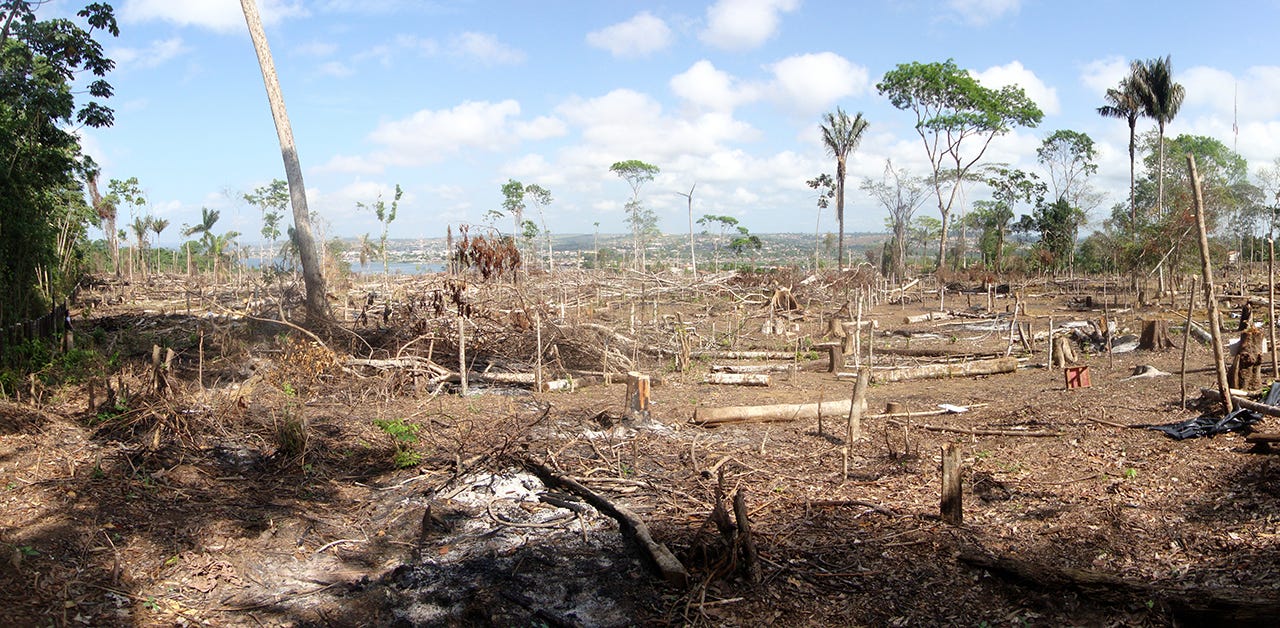
Scientists and conservationists are worried that the Amazon rainforest might reach a tipping point, past which it can no longer survive as a collective organism and will instead turn into a dry, grassy savanna that can’t support the tropical animals who currently call it home. That’s because the Amazon rainforest creates its own rain (thus the name). Half the moisture for the forest comes from the Atlantic on the eastern side, where clouds form and fall as rain. The trees absorb the rainwater and then release it into the clouds, which drift westward and nourish the western half of the forest.
Amazon trees release 20 billion tons of moisture into the air each day. If too many trees are cut down due to deforestation, this cycle falls apart. How many is too many? Scientists think the tipping point could happen when 25% of the forest is gone. The bad news? Approximately 13.2% has already been cut down, and those are in the critical eastern half, where the forest’s rain clouds are born.
As forest land turns to farmland and grazing pastures, the cooling effect of the trees is removed, increasing overall temperatures in the area. Likelihood of drought increases, and this drying effect means more wildfires, similar to the lengthening fire seasons happening in California over the past decade. Fires kill much of the leftover vegetation, resulting in landslides and dry, loose soil.
Barbara’s original question was, “At what point are we going to be gasping for air?” That turns out to be complicated to answer, since our planet is rapidly producing more humans and more pollution while simultaneously caring for fewer and fewer trees. We may not end up gasping for air, since the oceans produce much of our oxygen, but we could conceivably starve or burn up in an overheated, poisoned hellscape devoid of the animals and plants that make up our forests today.
*She says from the fetal position, curled up under her desk*
So, what can we do about it?
The more I research this, the more overwhelmed/frustrated/helpless I feel. But there are things we can do as consumers to prevent this Mad Max version of reality from occurring. I found these suggestions from theworldcounts.com
Another action you can take: eat less meat. Cattle farming is the largest cause of deforestation in the Amazon rainforest. Nearly one-third of the ice-free surface of our planet is dedicated to pastureland for housing our animals or for growing the grass and grain needed to feed them. Simply eating less meat can help lower demand. Thanks to
and her wonderful newsletter for turning me on to this article on 10 ways to eat less meat and this Beginner’s Guide to eating less meat.There is good news out there – the younger generations, those considered to be Gen Z and Millennials, are very concerned about the environment and much more likely to take active steps to make a positive impact on the climate. The hope is that the rest of us can follow in their footsteps.
Weird Nature:
Watch a weaver bird build its intricate nest by clicking here
If you liked this issue, please click the “like” button below - it makes me happy and also raises the profile of this newsletter!





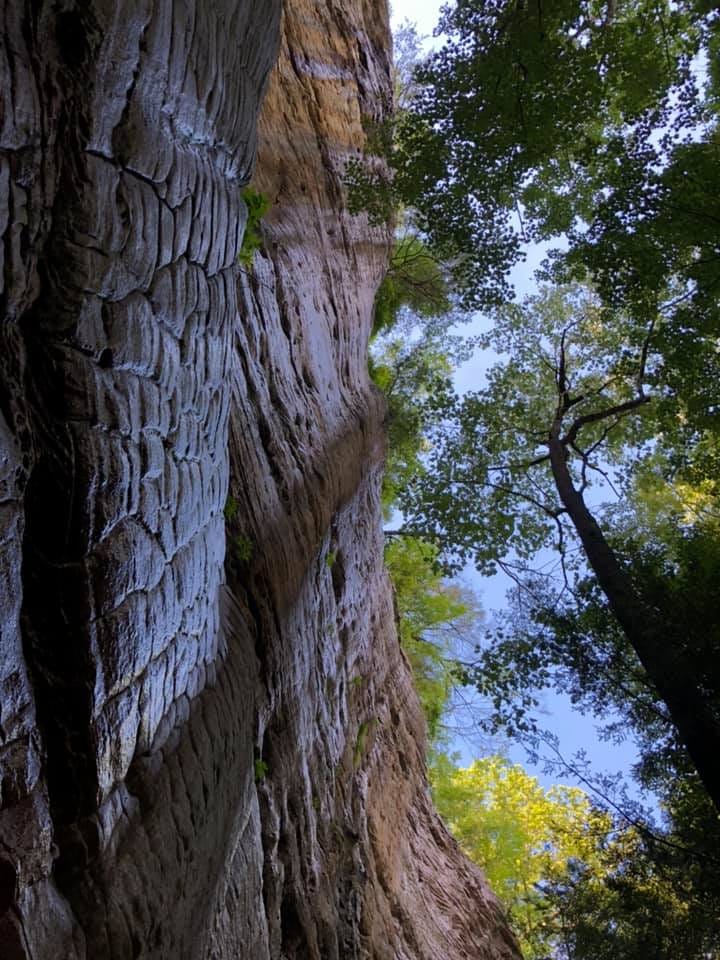
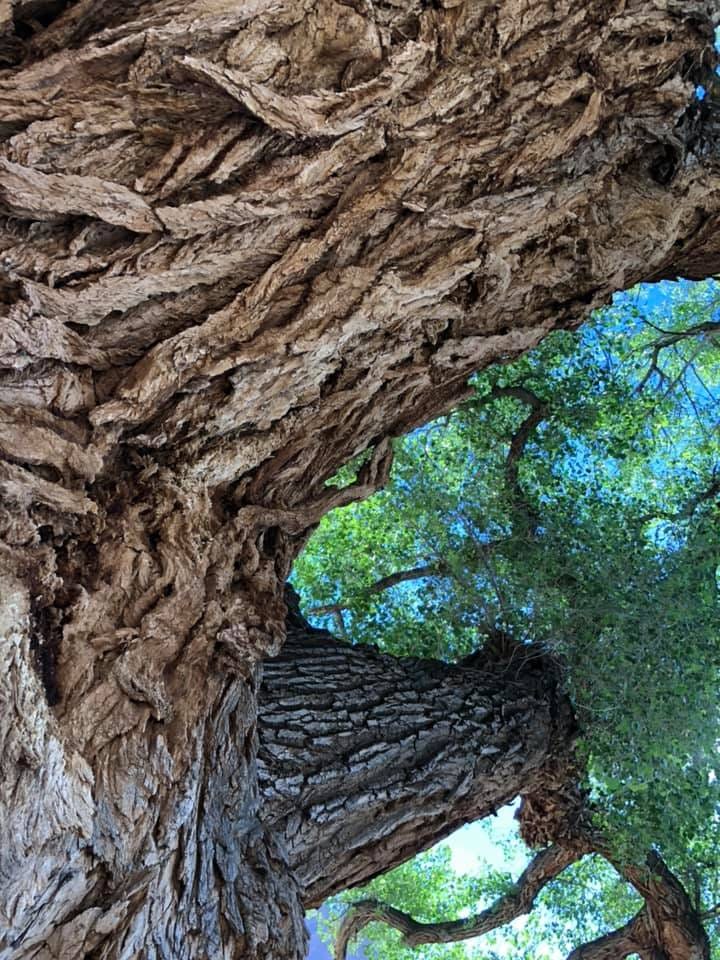
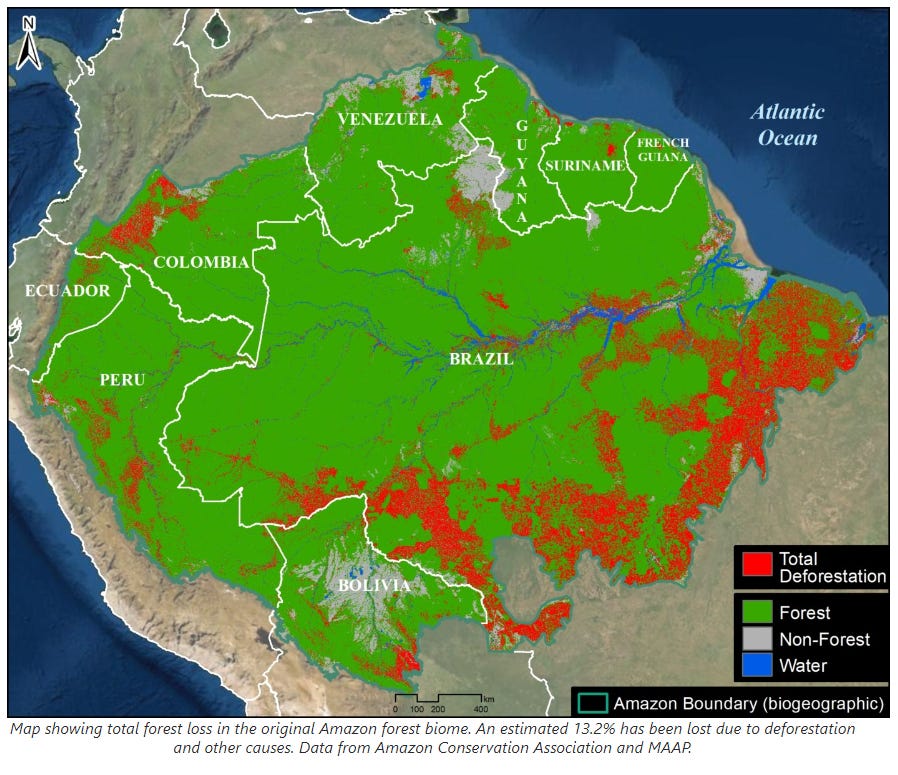
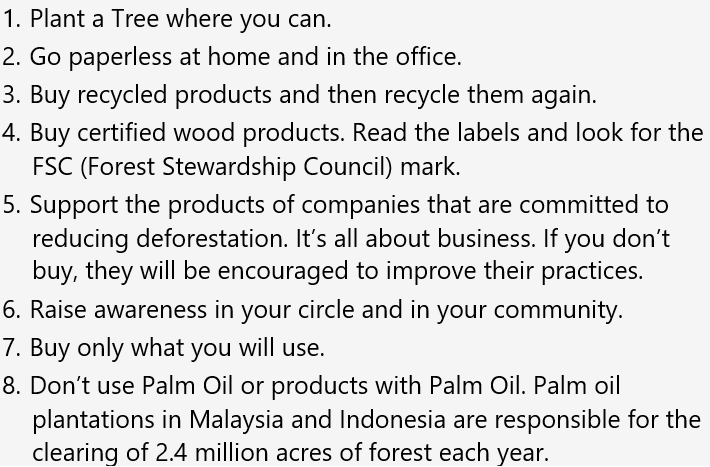
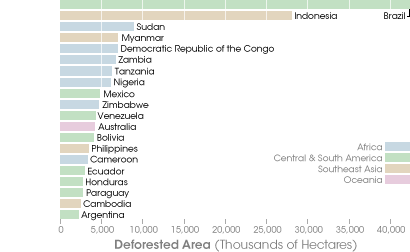



Made me think of 'The Lorax' and Truffula trees....
Moreover, with the recently reshuffling and movement of people from urban to suburban areas (due mainly to the pandemic) I am seeing more and more urbanites becoming my neighbors. It is evident and very alarming that the first thing to be done with the new house and the new backyard is to cut down all the tree so it looks like an urban setting. I’ve stopped counting the number of homes that I see being clear cut. WTF most people live in oblivion AND HAVE NO CONNECTION TO THE NATURAL WORLD. Why oh why is this happening! I think about my option to stop and say something but I quickly abandon the idea as foolish and unwelcoming to anyone new to the neighborhood